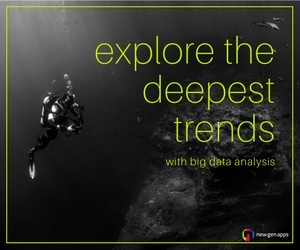
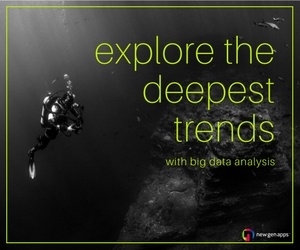
Big data has gained massive traction in no time. A Tech Pro Research Survey shows that 49% of large companies are implementing big data solutions in business. While there are many companies using big data for analyzing various business functions there are few who are using it to its fullest potential. The use of big data analytics can be classified into three levels. These levels showcase the complexity of analysis and possible use of it. These levels are - descriptive analytics, predictive analytics, and prescriptive analytics. Each of these represents a new level of big data analysis. In this blog, we will discuss the difference between descriptive, predictive and prescriptive analysis and how each of these is used in data science.
Descriptive Analytics:
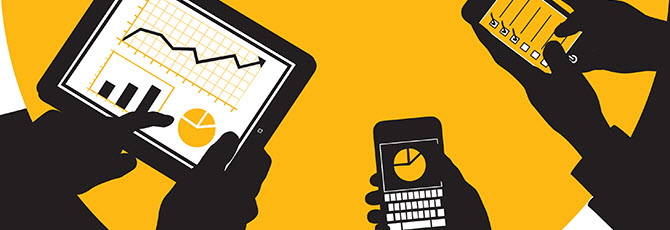
Descriptive analytics is the analysis of past (or historical) data to understand trends and evaluate metrics over time. This is the easiest technique of data analysis because it requires minimal to no coding at all. There are many sophisticated tools already existing that can handle descriptive analytics. Some of these include Tableau, QlikView, KISSMetrics, Google Analytics etc. These tools analyze the data and showcase them in a form that can be comprehended by humans. Descriptive analytics is limited to representing data in the tabular and graphical form. Once the data is analyzed and projected the process of drawing insights is left for us to handle.
Cash flow analysis, sales and revenue reports, performance analysis etc are common examples of descriptive analytics. With data entering our everyday lives almost all company use descriptive analytics. Consider Google Analytics, for example, everyone who starts a website sets up google analytics on priority. While these are simple applications of descriptive analytics, the entire analysis can get completed if we put unorganized data (Big Data) in the picture.
Predictive Analytics:
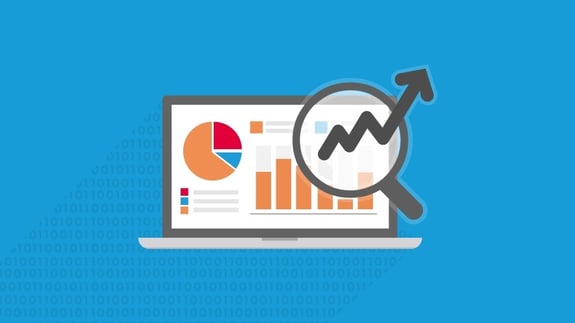
The predictive analytics goes a step ahead of descriptive analytics. While descriptive analytics is limited to past data, predictive analytics predicts future trends. It is crucial to remember that predictive analysis only forecasts the future and not actually predicts it with hundred percent accuracy. Forecasting future trends is although just one part of predictive analytics. It can also include predicting the values of missing fields in a data set and probable impact of data changes on future trends.
Sentiment analysis and credit score are excellent examples of predictive analytics. Sentiment analysis is the study of text to estimate the tendency of emotions conveyed through it. The aim to measure whether the text is indicating a positive, negative or neutral sentiment. This is generally measured by rating a piece of text between -1 to +1, with ‘+’ side indicating the positive sentiment and vice versa. Credit score analysis is the study of past financial behavior and income growth of the individual along with economic trends to predict the likelihood of the person to pay his debt. Both of these analysis don’t guarantee 100% accuracy. In fact, some advanced systems also indicate the probability of precision of the analysis.
Prescriptive Analytics:
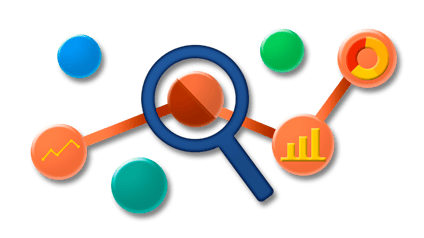
Prescriptive analytics is comparatively a new field in data science. It goes even a step further than descriptive and predictive analytics. Prescriptive analytics showcases viable solutions to a problem and the impact of considering a solution on future trend. It is considered the aim of any data analysis project. The prescriptive analysis is still an evolving technique and there are limited applications for it in business.
Google’s self-driving car is a perfect example of prescriptive analytics. It analyzes the environment and decides the direction to take based on data. It decides whether to slow down or speed up, to change lane or not, to take a long cut to avoid traffic or prefer shorter route etc. In this way, it functions just like a human driver by using data analysis at scale.
Are you a Big Data enthusiast? If yes, then catch our latest on Big Data analytics which covers the latest trends, innovations etc. in the field of big data.
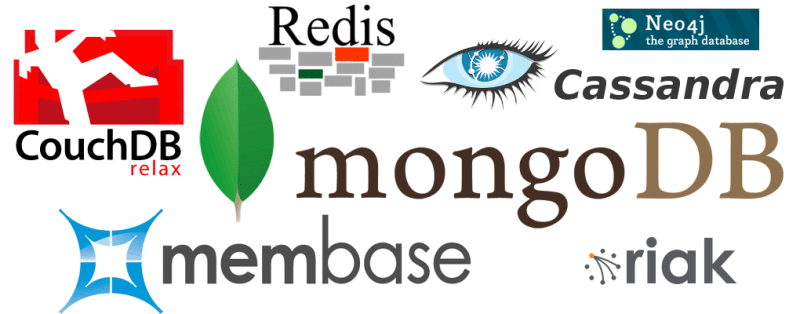
SQL vs NoSQL - Finding the Right DBMS for Your Project
When it comes to database technology the two main classifications are - SQL and NoSQL or, relational databases and non-relational databases. They can...

Artificial Intelligence vs Machine Learning vs Data Science
Modern technologies like artificial intelligence, machine learning, data science and big data have become the buzzwords which everybody talks about...



